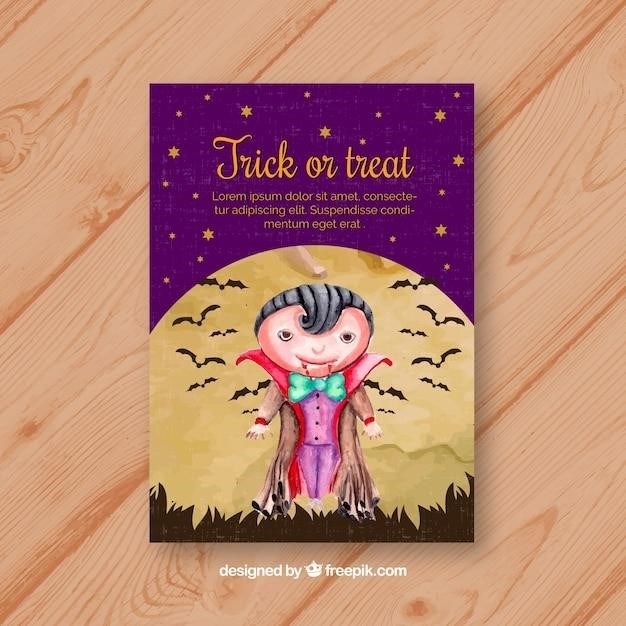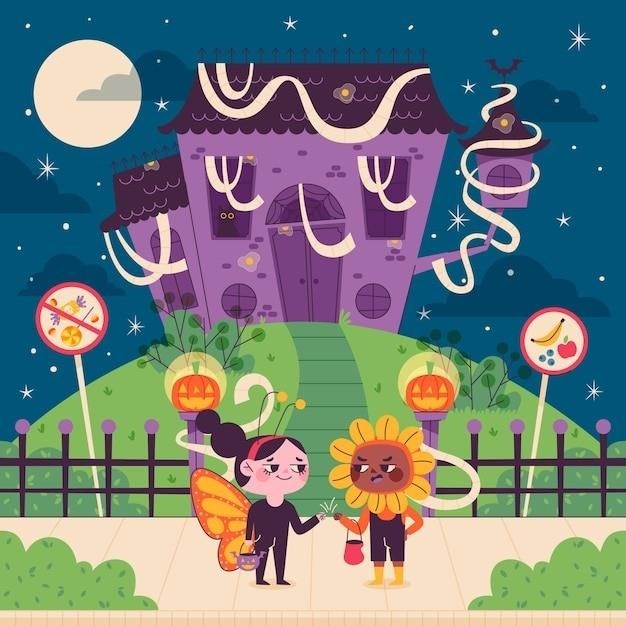The Story of Hansel and Gretel
Hansel and Gretel is a classic German fairy tale collected by the Brothers Grimm and published in 1812 in Grimms’ Fairy Tales. The story, also known as Hansel and Grettel or Little Step Brother and Little Step Sister, tells the tale of two children abandoned in the forest by their stepmother and their subsequent encounter with a wicked witch who lives in a gingerbread house.
The Origins of the Tale
While “Hansel and Gretel” is commonly attributed to the Brothers Grimm, its origins lie deep within the oral tradition of German folklore. The story, like many folk tales, evolved over time, passed down through generations, and adapted to the cultural context of each teller. The Grimms, in their meticulous collection of folk tales, documented a version that had already been circulating for centuries, drawing from various oral sources they encountered in their travels throughout Germany.
The tale likely draws inspiration from real-life experiences of hardship and survival, reflecting the harsh realities faced by families in the past. The themes of poverty, abandonment, and the dangers of the forest are deeply rooted in the folklore of many cultures, suggesting that the story resonates with universal human experiences. The presence of a wicked witch as the antagonist further highlights the fear and superstition surrounding the unknown, particularly for children who might be left alone in the woods.
While the Grimms’ version of “Hansel and Gretel” became the most widely recognized, it is important to note that variations of the story exist across different cultures and time periods. These variations often emphasize different aspects of the tale, reflecting the unique perspectives and concerns of the communities where they were told. The story’s longevity and adaptability attest to its enduring power and relevance to audiences throughout history.
The Brothers Grimm and the Collection of Folk Tales
Jacob and Wilhelm Grimm, better known as the Brothers Grimm, were German scholars, authors, and collectors of folklore. Their most famous work, Grimms’ Fairy Tales, is a compilation of German folk tales, legends, and myths that they collected from oral sources throughout their lives. They began their project in the early 19th century, aiming to preserve the rich oral tradition of German folklore, which was rapidly fading as urbanization and modernization spread.
The brothers traveled extensively through Germany, interviewing villagers, storytellers, and elders, meticulously recording the tales they heard. Their approach was highly systematic, carefully noting variations in the story’s details and regional differences. The collection grew over several editions, with the brothers making changes to the stories to make them more suitable for a wider audience, often adding moral lessons and softening the darker elements.
The Grimms’ work played a significant role in shaping the perception of fairy tales as we know them today. Their collection not only preserved a vital part of German cultural heritage but also introduced these stories to a wider audience, influencing literature, art, and music across the globe. “Hansel and Gretel,” one of the most popular tales from their collection, continues to captivate audiences of all ages with its themes of adventure, danger, and the power of human resilience.
The Setting and Characters
The story of Hansel and Gretel is set in a dense, dark forest, a place both alluring and dangerous. The forest symbolizes the unknown and the potential for both wonder and peril. It’s a place where nature reigns supreme, and where the rules of civilization no longer apply. The forest serves as a backdrop for the children’s vulnerability and the witch’s menacing power. The children are small and vulnerable, easily lost and susceptible to the witch’s tricks. The forest amplifies their helplessness, creating a sense of isolation and fear.
The main characters are Hansel and Gretel, two young siblings whose innocence and naivety make them easy prey for the witch. Hansel is portrayed as the more adventurous and reckless of the two, while Gretel is depicted as the more resourceful and cunning. Their stepmother, a cruel and manipulative figure, is driven by greed and a desire to rid herself of the children. The witch, the story’s antagonist, is a sinister and terrifying figure who embodies the dark side of the forest. She is cunning, manipulative, and ultimately deadly, using her power to lure and trap children. The forest, with its shadowy depths and hidden dangers, becomes the stage for the children’s struggle for survival, highlighting the contrast between innocence and evil, and the fragility of life.
The Plot⁚ Abandonment and the Witch’s Cottage
The story begins with Hansel and Gretel living in poverty with their woodcutter father and cruel stepmother. Driven by greed, the stepmother convinces the father to abandon the children in the forest, hoping they will starve and disappear. The father, reluctantly agreeing, takes the children deep into the woods, leaving them with a promise to return. The children, unaware of their stepmother’s true intentions, are left alone and vulnerable. Hansel, trying to find their way back, leaves a trail of white pebbles, but birds eat the breadcrumbs Gretel scatters, leaving them hopelessly lost.
Exhausted and starving, the children stumble upon a beautiful cottage made entirely of gingerbread, candy, and sweets. The sight of the tempting house, with its sugar windows and candy roof, is irresistible to the hungry children. Unable to resist, they start nibbling on the house, unaware of the sinister presence inside. The witch, who lives in the cottage, witnesses their arrival and plots to lure them inside, her true intentions hidden behind a facade of sweetness and hospitality.

The Witch’s Trap and Hansel’s Escape
The witch, disguised as a kind old woman, invites the children inside, promising them food and shelter. Hansel and Gretel, naive and desperate for sustenance, eagerly accept her offer. The witch, however, has sinister plans. She fattens Hansel up, intending to eat him, while keeping Gretel busy with chores. Each day, the witch checks Hansel’s finger to see if he is plump enough for her feast. When he finally reaches the desired size, the witch decides to bake him in an oven.
The witch, blind to Hansel’s cunning, instructs Gretel to check if the oven is hot enough. Using her quick wit, Gretel tricks the witch by pushing her into the oven, effectively ending her reign of terror. Free from the witch’s clutches, Hansel and Gretel discover a treasure trove of jewels and precious stones hidden within the cottage, the witch’s ill-gotten gains. They fill their pockets with these riches and flee back to the forest, finally escaping the witch’s deadly trap and the confines of her gingerbread prison.
Gretel’s Cleverness and the Witch’s Demise
The witch, eager to consume Hansel, instructs Gretel to check if the oven is hot enough. However, Gretel, having witnessed the witch’s cruelty and realizing the danger they are in, uses her quick wit to outsmart the witch. She suggests that the witch herself should check the oven’s temperature, feigning ignorance of its heat. The witch, blinded by her own greed and eagerness to consume Hansel, steps into the oven, unaware of Gretel’s cunning plan.
Gretel, with a swift and decisive action, slams the oven door shut, trapping the witch inside. The intense heat of the oven quickly consumes the witch, ending her reign of terror and freeing Hansel and Gretel from their perilous situation. This act of bravery and cunning showcases Gretel’s intelligence and resourcefulness, demonstrating her ability to overcome adversity and protect herself and her brother.
The Children’s Return Home
With the witch vanquished, Hansel and Gretel, now free from the witch’s clutches, gather the witch’s riches, including a treasure chest brimming with jewels and gold. They set out on their journey back home, guided by the moonlight, relieved to be escaping the sinister forest. The children navigate through the familiar paths, their steps light with newfound freedom and hope.
Upon arriving at their home, they are greeted by their father, who is overjoyed to see his children safe and sound. His relief washes over him, and he embraces them tightly. The children recount their harrowing adventure, detailing their capture by the witch and their miraculous escape. The father, filled with gratitude for their survival, vows to never again abandon them in the forest’s treacherous depths.
The Moral of the Story
Hansel and Gretel, despite its dark elements, carries a powerful moral message about the importance of family, resilience, and the triumph of good over evil. The tale highlights the dangers of greed and deceit, as embodied by the stepmother’s desire to rid herself of her stepchildren and the witch’s insatiable appetite for young children. It underscores the importance of trust and loyalty within family structures, as seen in Hansel and Gretel’s unwavering bond despite their harrowing ordeal.
The story also emphasizes the value of resourcefulness and cleverness, as Gretel’s quick thinking and courage ultimately save both her and Hansel from the witch’s clutches. The children’s journey serves as a reminder that even in the face of adversity, hope and ingenuity can prevail, leading to a happy resolution.

Themes of the Tale
Hansel and Gretel explores a range of universal themes that resonate with audiences across generations. One prominent theme is the exploration of childhood vulnerability and the dangers that children face when left unprotected. The story vividly portrays the fear and helplessness of Hansel and Gretel as they are abandoned in the forest, highlighting the importance of parental responsibility and the need for children to be safeguarded from harm.
Another central theme is the struggle between innocence and evil. The children’s journey through the forest, culminating in their encounter with the wicked witch, represents the conflict between purity and darkness. Hansel and Gretel’s innocence is challenged by the witch’s deceptive nature and her desire to consume them. The story ultimately celebrates the triumph of innocence, as Gretel’s cunning and courage overcome the witch’s evil intentions.
Adaptations and Interpretations
The enduring popularity of Hansel and Gretel has inspired numerous adaptations and interpretations across various media. From opera and ballet to film, television, and theater, the story has been reimagined in countless ways, reflecting the cultural and artistic trends of each era. The original Grimm tale, with its dark and often violent elements, has been softened in some adaptations to appeal to younger audiences, while others have embraced the story’s darker aspects, exploring themes of survival, abuse, and the psychological impact of trauma.
Notable adaptations include Engelbert Humperdinck’s opera Hänsel und Gretel, which premiered in 1893 and remains a popular choice for opera companies worldwide. The story has also been adapted into numerous animated films, including the Disney film Hansel and Gretel (1987) and the German animated film The Juniper Tree (1990). The story has also been explored in modern literature, with authors such as Neil Gaiman and Angela Carter offering their own unique interpretations of the classic tale.
The Enduring Legacy of Hansel and Gretel
The story of Hansel and Gretel has transcended time and culture, leaving an enduring legacy that continues to captivate audiences today. Its enduring popularity can be attributed to a number of factors, including its timeless themes of childhood innocence, the perils of the unknown, and the triumph of good over evil. The story’s iconic imagery, from the gingerbread house to the wicked witch, has become deeply ingrained in popular culture, inspiring countless adaptations and reinterpretations.
Hansel and Gretel has also served as a source of inspiration for artists, musicians, and filmmakers, who have drawn upon the story’s rich symbolism and emotional depth to create their own works of art. The story’s enduring appeal lies in its ability to resonate with readers and viewers of all ages, offering a glimpse into the complexities of human nature and the enduring power of hope and resilience in the face of adversity.
The Story’s Relevance in Modern Culture
The story of Hansel and Gretel remains relevant in modern culture, resonating with audiences across generations. Its themes of abandonment, fear of the unknown, and the struggle against evil continue to hold relevance in a world where children often face challenges and uncertainties. The story’s portrayal of a wicked witch who seeks to harm children serves as a cautionary tale, reminding us of the dangers that can lurk in the shadows and the importance of protecting our most vulnerable.
Furthermore, the story’s emphasis on the importance of resourcefulness and courage in overcoming adversity resonates with contemporary audiences. Hansel and Gretel’s ability to outsmart the witch and escape her clutches serves as a reminder that even in the face of overwhelming odds, hope and resilience can prevail. This message of empowerment and perseverance continues to inspire audiences, reminding them that even in the darkest of times, there is always the potential for redemption and triumph.
